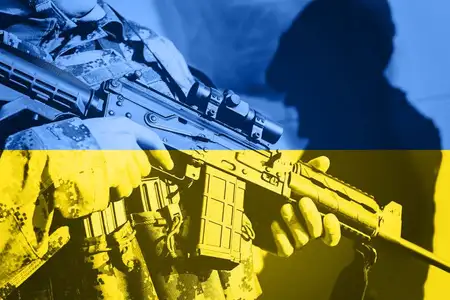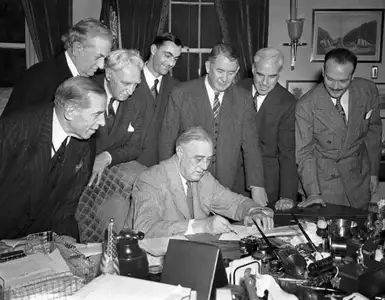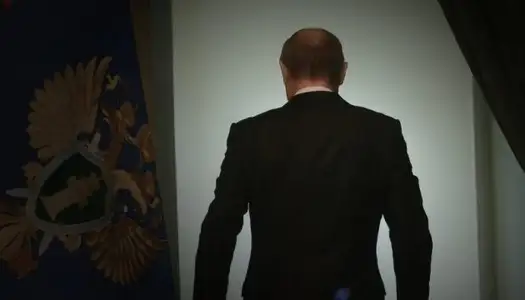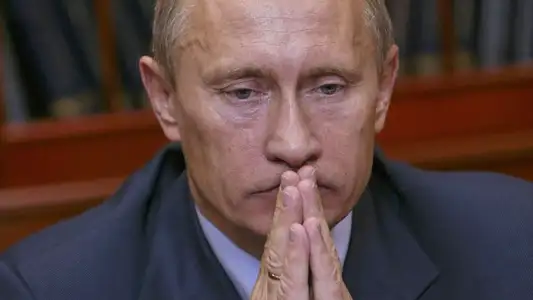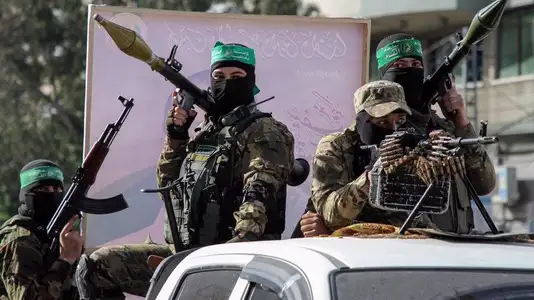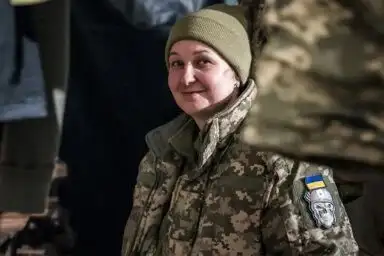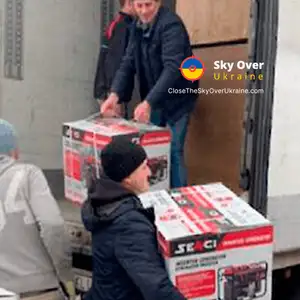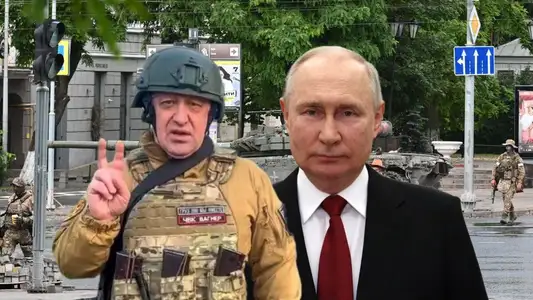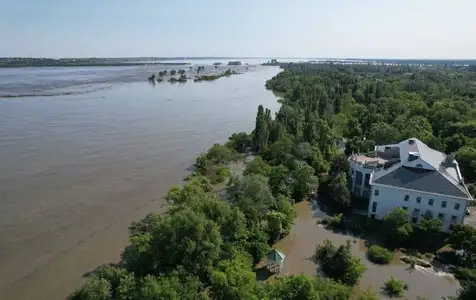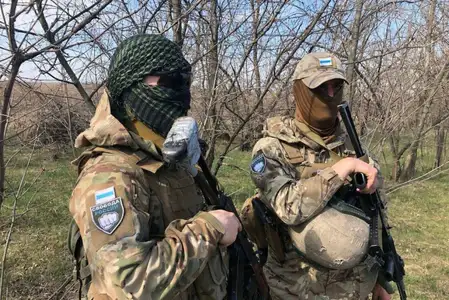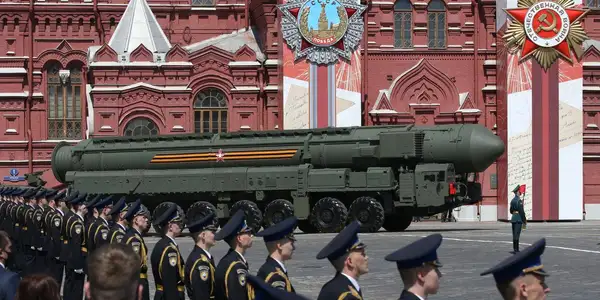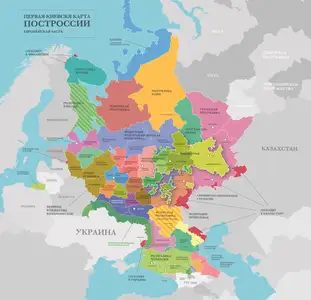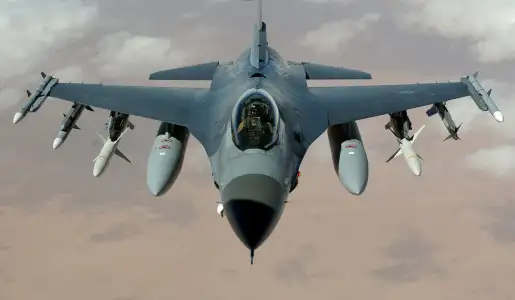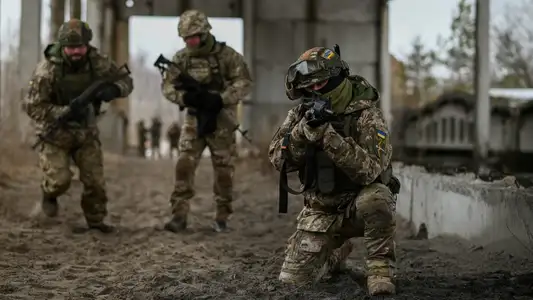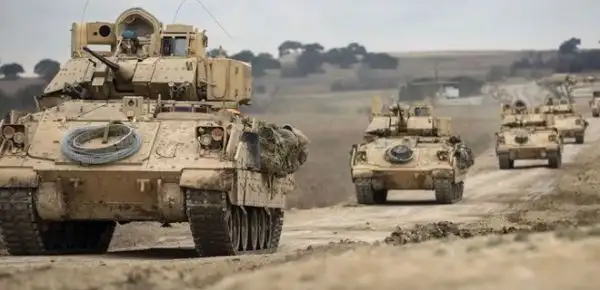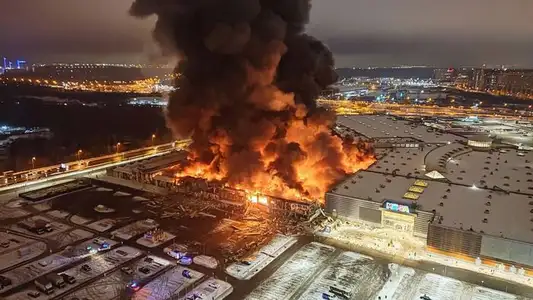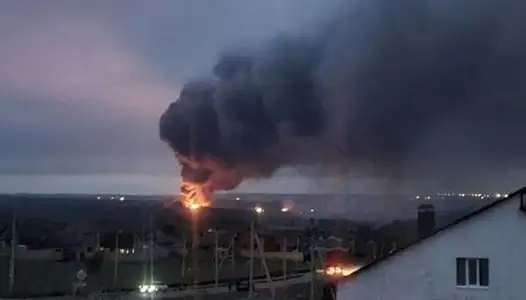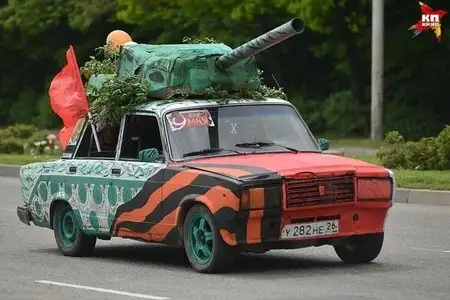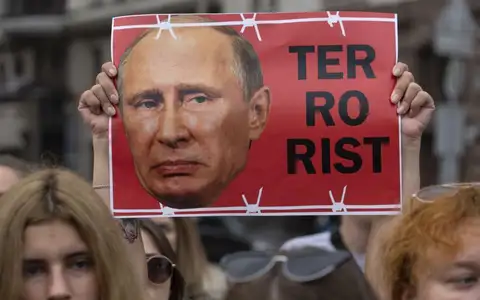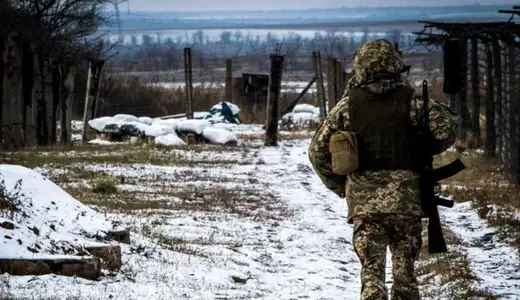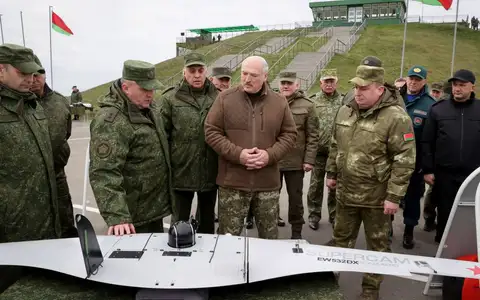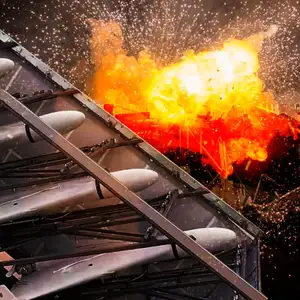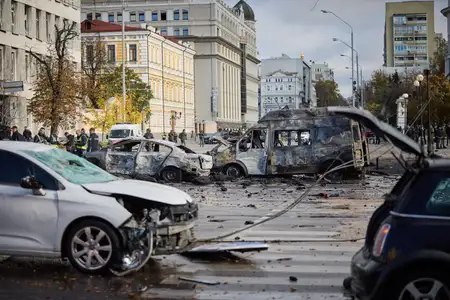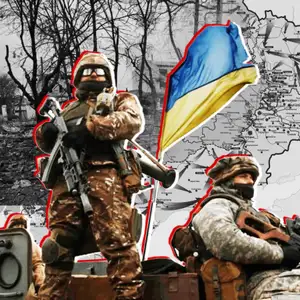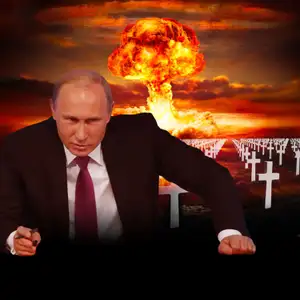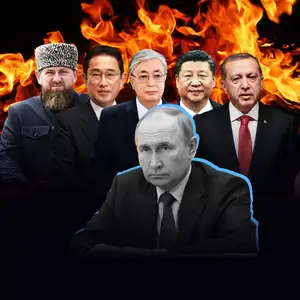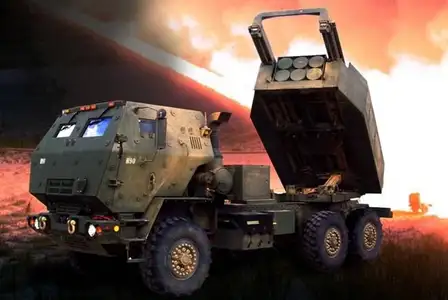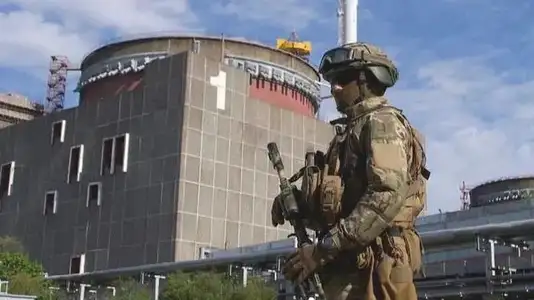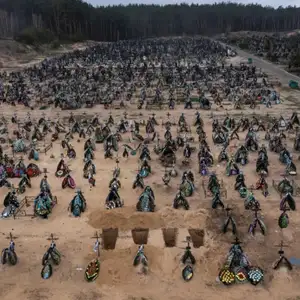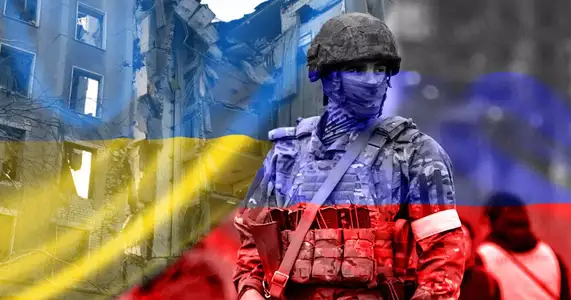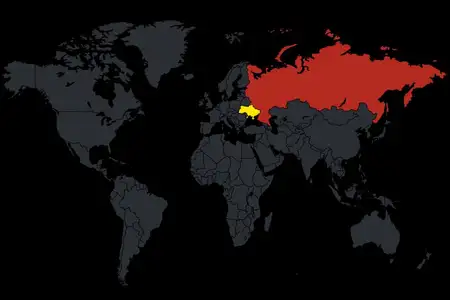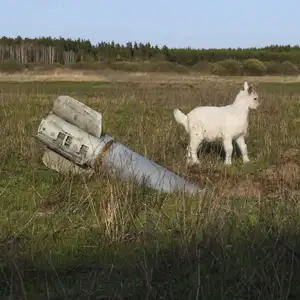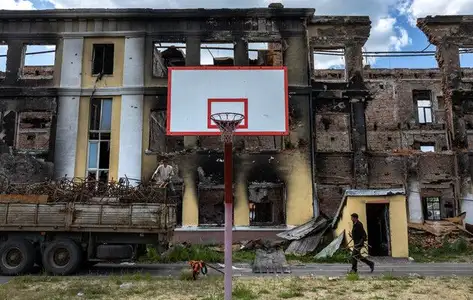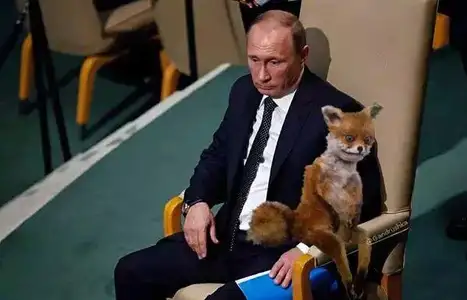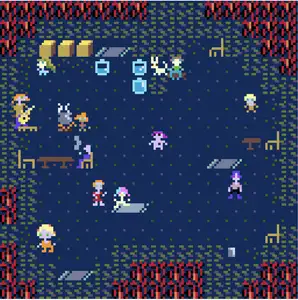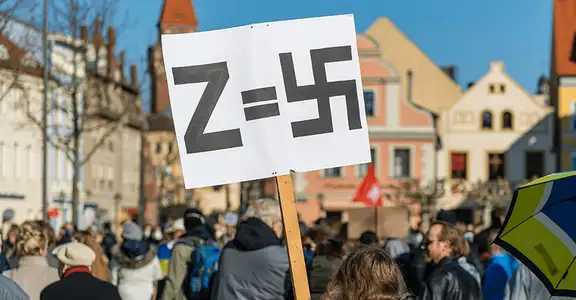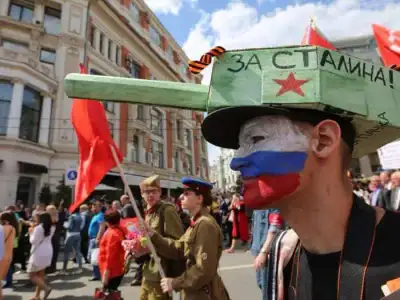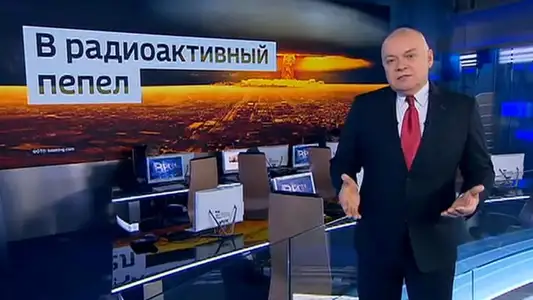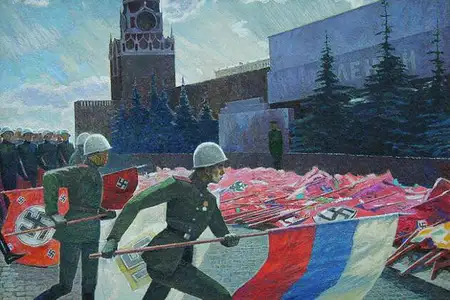Critical stage of war? A brief overview of events on the fronts
Many experts and officials have been talking about a possible close turning point in the war. It is believed that Ukraine can soon change its course.
Thus, we have prepared a brief clear overview of what has been happening on the fronts until today so that you can get a better grasp on the situation.
Russian invasion until today
Since Russia invaded Ukraine in late February 2022, we have been talking about three phases of the war. It is considered, that now the war has entered the third phase.
The first phase began on February 24 with Moscow’s indiscriminate attempt to seize Kyiv. It ended in failure, due to the terrible Russian logistics and the rather high skills of Ukrainian defenders, who were able to effectively use Stinger and Javelin missiles sent from the West.
The second phase began in mid-April, when Vladimir Putin focused his troops on the Luhansk region. This phase was characterized by relentless Russian artillery fire. So, at the beginning of July, Ukrainian troops had to leave the region.
In the third phase, Ukraine’s defenders are holding strong defensive positions in the Donetsk region and effectively using the long-range HIMARS provided by the West. This began to change the situation on the front. To understand how, let’s consider the positions of both parties.
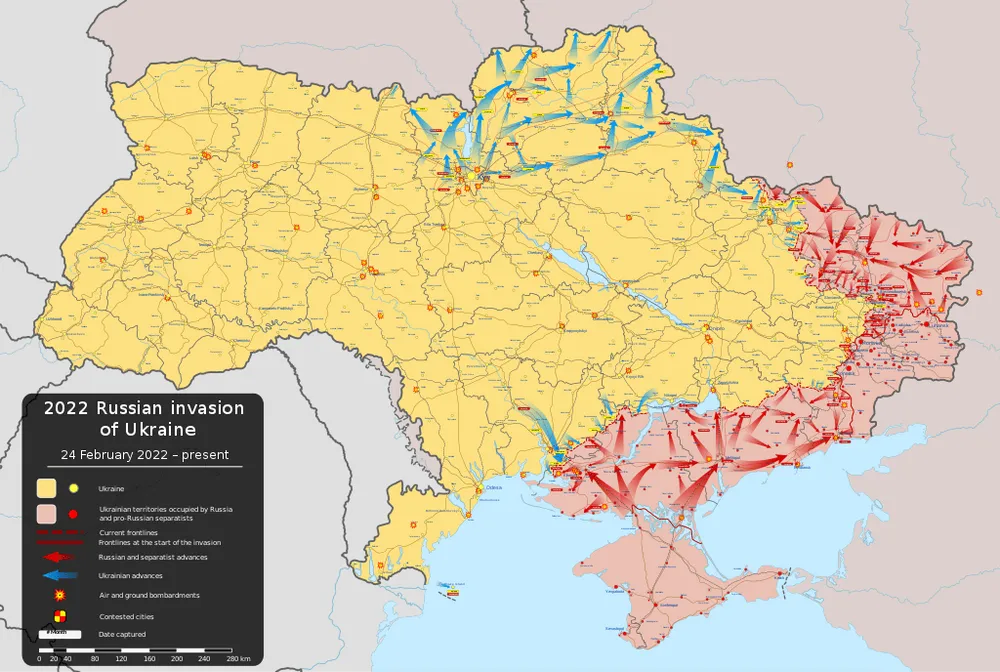
Military situation as of 4 August 2022 (Source)
See also the ISW’s interactive map of the Russian invasion of Ukraine here.
Russian positions
Russia’s strength has been its superiority in providing artillery, heavy armored vehicles, and outnumbered personnel. All this allowed the Russians to conduct a massive offensive in different directions and “press” the Ukrainians with their superiority. In fact, the Russians were using the tactics of World War II – throwing huge forces to seize new territory meter by meter. Putin counted the most on his superior power. He believed he could quickly take Ukraine by force.
But it did not work out. The planned blitzkrieg failed. The Russian command underestimated the AFU and the Ukrainian people. They did not expect that the Ukrainian military and ordinary people would mobilize all their forces so quickly and resist desperately and persistently. Nor did they expect such intensive and united support for Ukraine by the West.
Indeed, Ukraine lost some of its territories during the first phase of the war – the Kherson region, parts of the Zaporizhzhia, Donetsk, Lugansk, and Kharkiv regions. But the invaders failed to achieve the main goal: Kyiv was not captured.
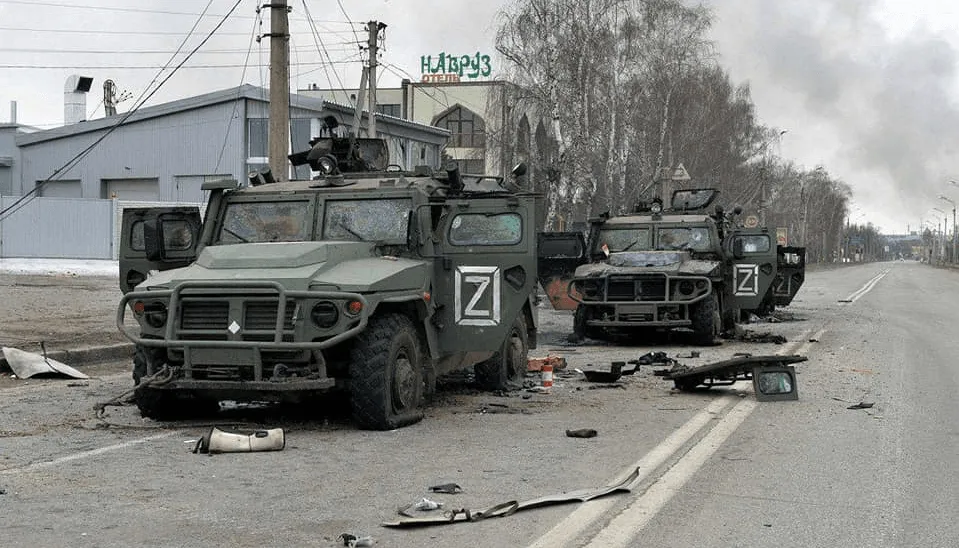
All their efforts cost the Russians huge losses. According to the General Staff of the Armed Forces of Ukraine, as of August 04, Russia’s manpower losses are more than 41,000 people. Of course, we cannot take these assessments as absolutely objective. But according to Western assessments, the losses are still very high: U.S. officials say more than 75,000 Russians were killed or wounded during the war in Ukraine. In mid-July, the defence staff for the United Kingdom said that Russia has already lost more than 30% of its land combat effectiveness.
According to the newest assessments, the Russian troops have lost at least 5,010 pieces of equipment, whereas Ukraine about 1,380 pieces.
Thus, the Russian army is now reaping the bloody benefits of its tactics chosen in the previous phases. That is why they are talking about starting negotiations with a further ceasefire. The Russians are desperate for a truce. But not the Ukrainians.
Ukrainian positions
The Ukrainians are still significantly inferior to the Russians in terms of everything – both equipment and manpower. But they have a great advantage – a very high motivation, which does not weaken over time, but only strengthens. In the first weeks of the invasion we had so many men (and women too) who wanted to fight that there were long lines at the military registration offices in many cities – there were not enough personal equipment and weapons for everyone.
In addition, as a defensive party the Ukrainians traditionally suffer fewer casualties and losses than the occupiers. And they are fighting on THEIR OWN soil. Moreover, since 2014, the Ukrainian military has gained important combat experience.
In the first phase of the invasion, when the Ukrainians did not yet have a significant number of Western weaponries, they had no choice but to use the tactic of maximum exhaustion of the enemy in their attempts to capture a particular settlement. The most striking example was the defense of Mariupol, Donetsk region, which lasted for 86 days! During the second phase, in the case of Sievierodonetsk, Luhansk region, the enemy approached the city on May 26, and street fighting began. But it was not until June 24 that the Russians finally took the city.
All these sieges were very exhausting for the Russians, that is where their huge losses come from. But that was only the beginning!
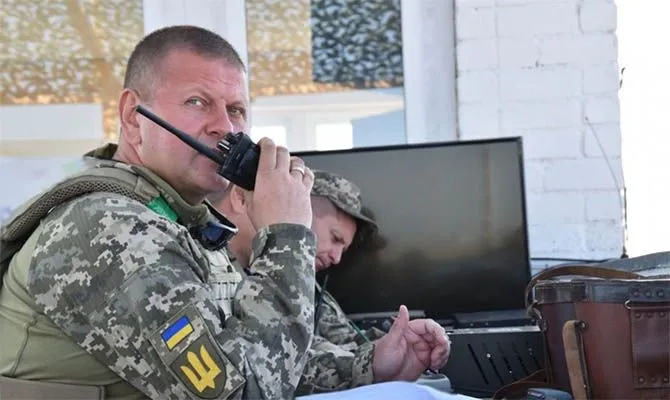
Game changers
The above-mentioned factors have provided favorable conditions for the effective use of weapons provided by the West. The Ukrainian warriors learn to operate them very fast and use them precisely. After all, every shell is worth its weight in gold for them!
Undoubtedly, HIMARS are the ‘stars’ of this war. The M142 High Mobility Artillery Rocket System is a light multiple rocket launcher developed in the late 1990s for the U.S. Army. On June 23, it was announced that first four HIMARSs arrived in Ukraine. And already on June 27, a U.S. defense official said that Ukrainians are employing HIMARS “very well”.
No wonder that Russia said in June that the M270 MLRS and M142 HIMARS were the most dangerous and capable weapons available to the Ukrainian armed forces, and that it was vital for Russian forces to wipe them out at source. However, Ukrainian military experts say no defense against HIMARS ammunition currently exists.
Many experts and officials note that HIMARS have become game changers in this war. With their help, Ukrainians could change their tactics. Now, having high-precision weapons, they began to aim at the most important facilities of the Russian army: weapons and ammunition depots, as well as command centers. Still without a quantitative advantage in artillery, they slowly began to gain a technical advantage.
The results became visible very soon. As of July 25, the Ukrainian Defense Ministry announced that the Ukrainians had destroyed 50 Russian ammunition depots using HIMARS. Experts say about over 100 valuable targets destroyed on the whole. And the Ukrainians are not going to stop there!
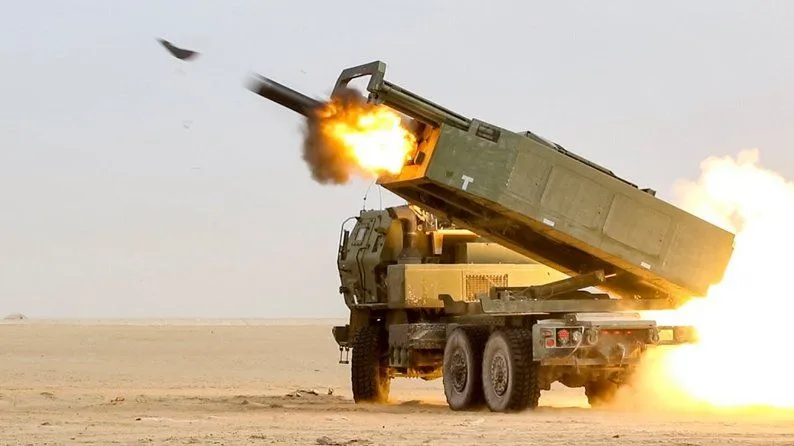
But there are two important points. Firstly, we need much more HIMARS and their analogues. Ukrainian Defense Minister Oleksiy Reznikov said recently, Ukraine needs 50 HIMARS to stop the Russians, and 100 to mount an effective counteroffensive. On July 24, the head of the US House Armed Services Committee, Adam Smith, said that “now the goal is to reach the number of 25-30 multiple rocket launchers”.
Secondly, to make counteroffensive operations successful the Ukrainian troops need longer range rounds for HIMARS and their analogues. Now Ukraine is provided with missiles with the range up to 80 km. It is because initially, the MLRSs were provided with a political commitment not to use these weapons against targets on Russian territory. But in late July, amid Ukraine’s successes, U.S. parliamentarians have again raised the issue of the transfer of long-range ATACMS ballistic missiles to Ukraine, which have the range starting from 140 km. Providing them to Ukraine has unanimous support from both Democrats and Republicans.
On August 2, Ukrainian President Volodymyr Zelensky spoke to NATO Secretary General Jens Stoltenberg about the need to receive more heavy weapons from the Alliance states in order to repel Russian attacks and carry out the counteroffensive of the Armed Forces of Ukraine.
Providing more multiple rocket launchers plus missiles of longer range would ensure an advantage for Ukraine.
The current situation: Donbas
Against this background, the activity of Russians decreased significantly. Apparently, in some parts of the front they began to experience “ammunition hunger”, since many of their ammunition depots had been destroyed. In general, in recent weeks, experts note the stabilization of the front in all directions.
As you know, one of the main political goals of the Kremlin was seizure of the whole Luhansk and Donetsk regions with the further annexation of the “people’s republics”. But as of August 4, the Russians do not even control the whole Luhansk region (several settlements are still under Ukrainian control), not to mention the Donetsk region.
Since mid-July, the British intelligence noted that for the first time Russian forces in the Donbas had not made any significant advance. And already in the end of July, Western experts estimated that Russia had lost the initiative in the battle of the Donbas, and it would not be able to capture the region in the near future.

Further, in its review of August 1, the British intelligence made a conclusion that Russia was adjusting plans in Donbass to strengthen its grouping in south. Over several past days, Russian forces have tried to carry out tactical offensives near Bakhmut, Donetsk region, but are making very slow progress. Active actions have been taking place in recent days near Peski, Mariinka and Avdiivka. At the same time, Russian forces did not conduct any offensive operations north of Sloviansk or around Siversk, according to ISW.
Meanwhile, Ukrainian authorities reported last week that Russia was shifting forces back and forth – either they are in disarray or they are preparing an offensive from different directions. On the whole, they are moving significant forces from the north of the Donbas to the south of Ukraine. Does it mean the Russians are preparing to Ukrainian counteroffensive in the south?
Ukrainian counteroffensive in the south: when to expect?
The Kherson region in Ukraine’s south is not less important for Putin. Firstly, together with the occupied parts of the Donetsk and Zaporizhzhia it forms a land corridor to the Crimea, which was also one of the main Kremlin’s goals. Secondly, the city of Kherson was the only regional center which the Russian troops have managed to occupy within the current invasion. A loss of Kherson would be an incredibly painful blow for Putin, above all politically.
In the past two weeks, there are more and more talks about Ukrainian counteroffensive in the Kherson region. Rather, we are now talking about counteroffensive operations, which were reported by the Institute for Study of War since July 24. On July 28, the British intelligence noted that Ukraine’s counteroffensive in the Kherson region was gaining momentum.
As of August 2, the Ukrainian officials claim that 53 settlements in the Kherson region have been liberated.

An important part of the preparation to the counteroffensive is damaging the bridges over the Dnipro river and other rivers in order to cut off Russian troops from supplies, or at least to complicate it. The Antonivsky bridge was damaged on July 20 and 27 with the help of HIMARS so much that heavy equipment can no longer drive on it.
However, the Ukrainian troops do not yet destroy all supply routes to Kherson. Ukrainian military experts assume this is a part of a cunning plan of the AFU: to “lure” maximum quantity of Russians into the area, then cut them off from supplies and defeat.
Will this tactic of the Ukrainians work? Or will the Russian forces that have been redeployed from the East be so large that they can repel the Ukrainian counteroffensive? We will see this in the coming weeks.
Is it the “critical stage” already?
Most Western experts and officials agree that the war in Ukraine is approaching a decisive phase, and the AFU is close to finally seizing the initiative.
Experts make a conclusion that the Russian advance in Ukraine has almost halted, as the delivered Western weapons are helping Ukrainians regain much of the advantage lost in recent months. Thus, the Armed Forces of Ukraine will be able to turn the tide in their favor, according to The Washington Post.
“Right now, the Russians are losing the initiative, and the Ukrainians either have it or are about to have it. The HIMARS are key to that,” George Barros, a geospatial analyst, says.
This thought is supported by the opinion of the Pentagon chief Lloyd Austin who believes that Russia’s war against Ukraine is “at a critical stage”, so the West’s support is “vital”. He says the West understands the seriousness of the military threat to Ukraine and at the same time urges not to overestimate Russia’s military power.
Meanwhile, Britain’s Defence Minister Ben Wallace said on July 29 that Russia was failing in “many areas” in its war in Ukraine and Vladimir Putin might seek to change strategy again. “The Russians are failing at the moment on the ground in many areas ... Putin’s plan A, B, and C has failed and he may look to plan D”, the minister said.
Accordingly, the Ukrainian party must be ready for Putin’s Plan D, whatever it may be. And here, the full support of the West is indeed vital.
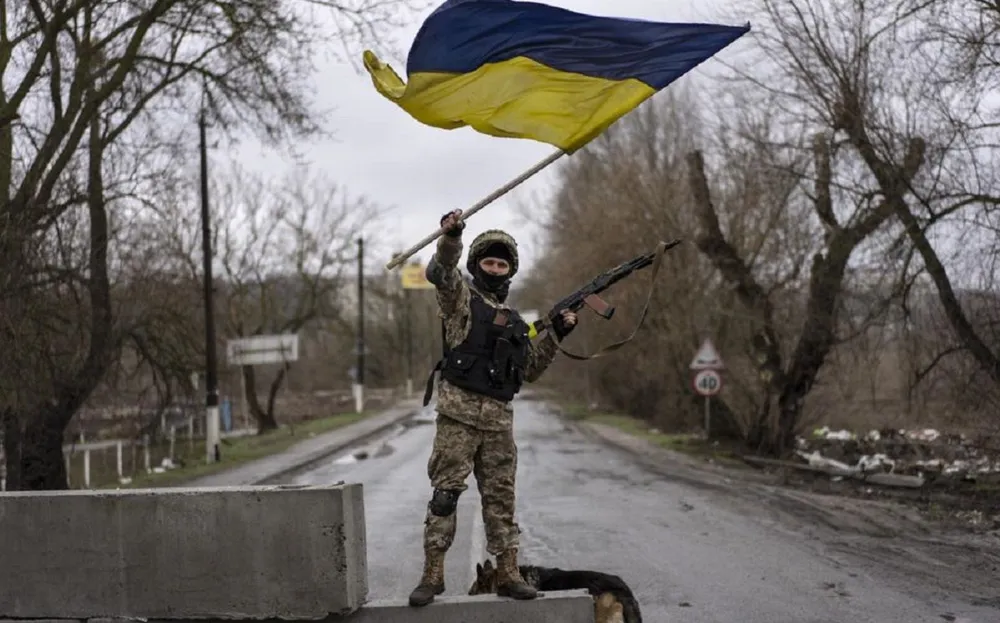
Regarding this, some experts are of the opinion that the U.S. in particular should reconsider its logics of providing aid to Ukraine. The point is that if the West provides all the needed weapons, Ukraine can mount a counteroffensive and reclaim its territories in the south and east, ending the war. This opinion was expressed by the military historian and author Max Boot in an article for the Washington Post.
“If Ukraine is able to fight back so effectively with only 12 HIMARS (soon to be 16), imagine what it could do with dozens more and, better still, ATACMS, which use the same platform but have nearly quadruple the range”, Boot writes.
On our part, we can say that Ukrainians are really willing to do anything to reclaim all their territories and defeat the enemy. If the determinative phase is already beginning, that’s good news. Because we are very much determined to win.
Anastasiya Glotova

